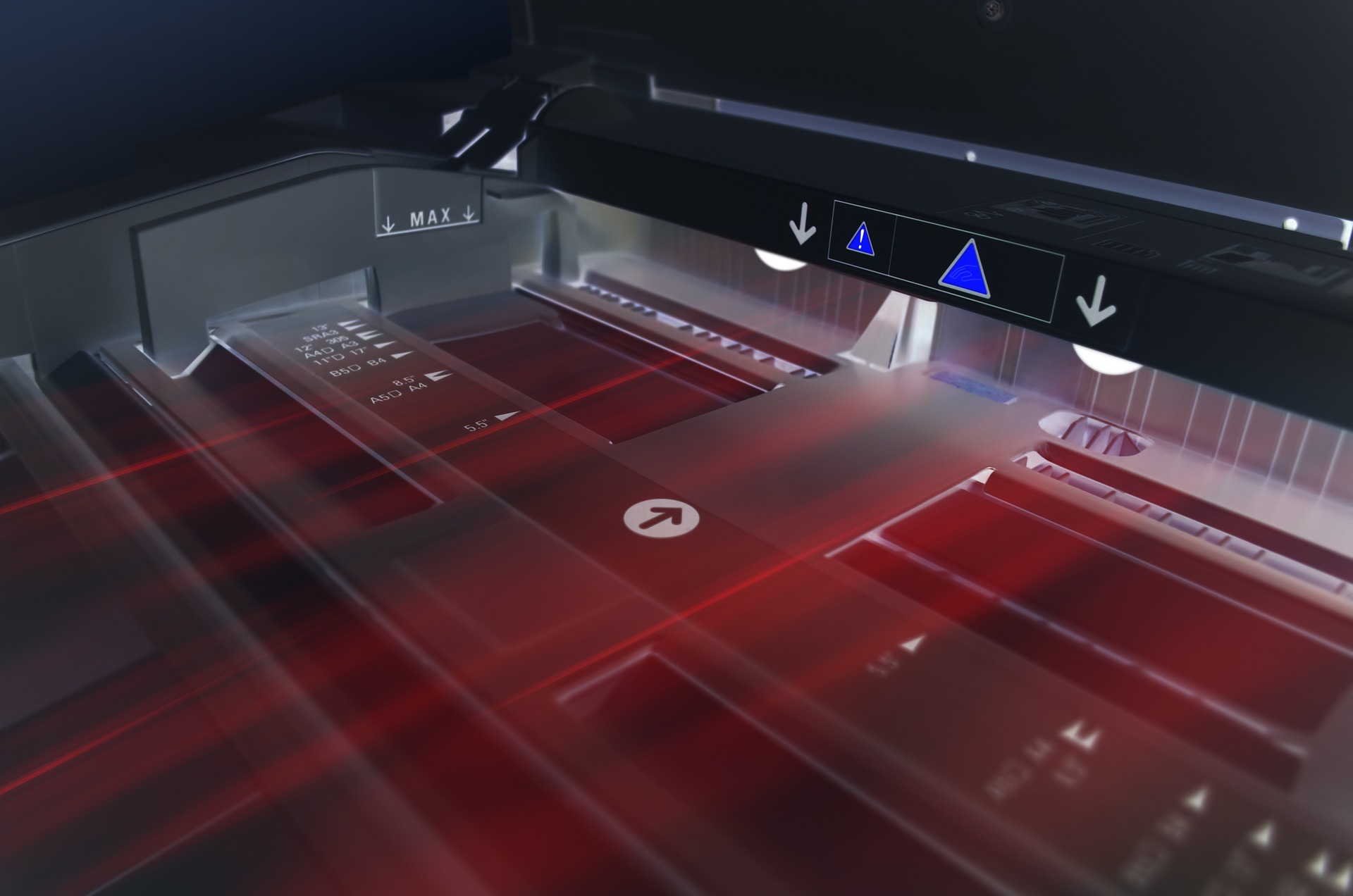The Emergence of Holographic Technology: Projecting the Future
The world has long been fascinated by the concept of holography, with its tantalizing promise of realistic 3D projections. Today, we are on the brink of realizing this dream, as holographic technology edges closer to practical, everyday use. Let's delve into the past, present, and future of this exciting tech frontier.
A Glimpse into the Past: The Genesis of Holography
The concept of holography was born in 1947 when Hungarian-British physicist Dennis Gabor started working on improving the electron microscope. He coined the term “holography,” combining the Greek words “holos,” meaning “whole,” and “graphe,” meaning “writing.”
Over the next few decades, holography evolved from a scientific curiosity to a tool with practical applications. The 1971 Nobel Prize in Physics was awarded to Gabor for his invention and development of the holographic method.
The State of the Art: Current Advances in Holography
Today, holographic technology is advancing at a rapid pace. From large-scale holographic displays at concerts and events to small-scale holograms on credit cards and passports for security purposes, holography is becoming increasingly present in our lives.
One of the most exciting recent developments is the advent of holographic televisions. In 2020, the company Light Field Lab raised $28 million in funding to develop a prototype holographic TV that can project 3D images into the room, without the need for glasses or headsets.
The Product in Focus: Holographic TVs and their Market Impact
Holographic TVs could revolutionize the entertainment industry. By creating a more immersive viewing experience, they could draw viewers away from traditional 2D TVs. The estimated price range for these devices is currently unknown, but given the cutting-edge technology involved, it’s likely to be a premium product initially.
The market impact of holographic TVs will largely depend on their affordability and the availability of 3D content. If these challenges can be overcome, the potential market could be enormous, given the global popularity of television and the growing demand for immersive entertainment experiences.
Future Projections: Where Holography is Heading
The future of holography looks promising, with several exciting applications on the horizon. For instance, holographic technology could play a significant role in the development of augmented reality (AR) and virtual reality (VR) technologies. By projecting 3D objects into the real world, holography could enhance AR experiences, making them more realistic and immersive.
Moreover, holography could also revolutionize the way we communicate. Just imagine being able to project a 3D image of yourself into a meeting or a family gathering on the other side of the world.
The Promise and Potential of Holography
As we stand on the brink of a new era in holographic technology, the dream of realistic 3D projections is closer than ever to becoming a reality. From entertainment to communication, the potential applications are vast and exciting. While many challenges remain, the progress made so far gives us reason to be optimistic about the future of holography. As we continue to push the boundaries of what’s possible, who knows what the future might hold?





